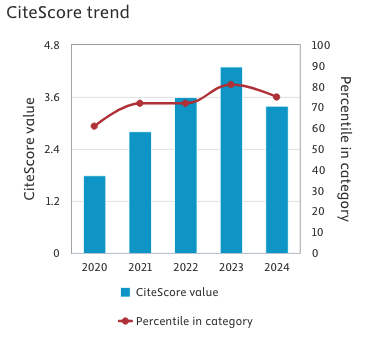Computer assisted total knee arthroplasty: a real navigation to better results?
Keywords:
otal knee arthroplasty, knee surgery, computer-assisted surgery, knee prosthesis, computer navigation, mechanical axis, posterior tibial slope, femoral component rotationAbstract
Background and aim of the work: Computer assisted surgery in knee replacement is still in discussion, but majority of papers affirm an increase of the accuracy in alignment. Aim of our study is to evaluate the accuracy of mechanical axis, the posterior tibial slope and the femoral component rotation with navigation, x-ray and CT data. Methods: We have analysed 145 patients who underwent total knee arthroplasty between January 2012 and December 2014. We have checked each patient at 6, 12 and 24 months of follow-up. During each visit, we did a clinical evaluation checking the ROM and a clinical score (KOOS). At 2 years, we did a CT evaluation and a plain x-ray evaluation. Results: 125 patients have completed the follow-up. Mean follow-up time was 2,6 years. Both ROM and KOOS values increased during follow-up. About the mechanical axis, both x-ray and CT data showed a mean deviation <2° from the target. About posterior tibial slope and femoral component rotation, CT data showed a mean deviation of <3° from the target. Mean difference between navigation and CT data was <1°. Conclusions: According to literature data, our data confirm that computer assisted surgery in knee replacement have a good accuracy of coronal alignment, rotational alignment and posterior tibial slope.
Downloads
Published
Issue
Section
License
This is an Open Access article distributed under the terms of the Creative Commons Attribution License (https://creativecommons.org/licenses/by-nc/4.0) which permits unrestricted use, distribution, and reproduction in any medium, provided the original work is properly cited.
Transfer of Copyright and Permission to Reproduce Parts of Published Papers.
Authors retain the copyright for their published work. No formal permission will be required to reproduce parts (tables or illustrations) of published papers, provided the source is quoted appropriately and reproduction has no commercial intent. Reproductions with commercial intent will require written permission and payment of royalties.







